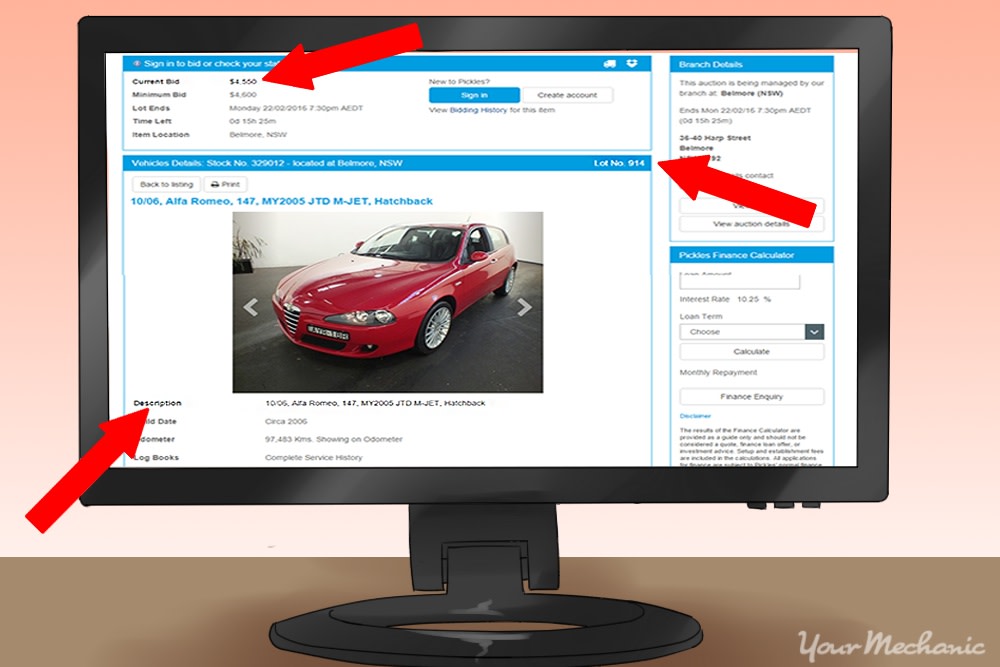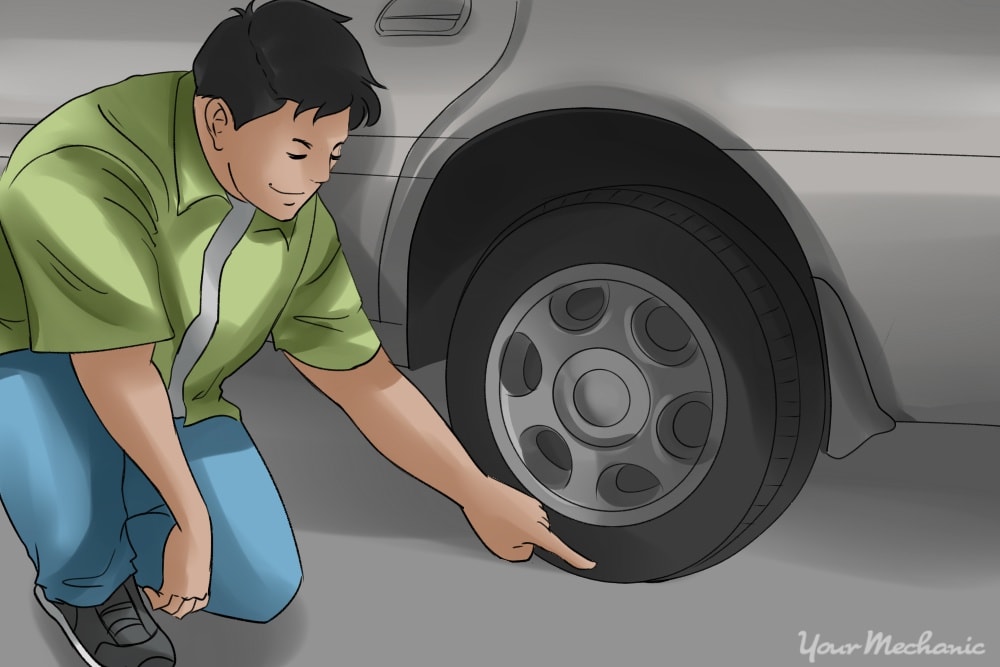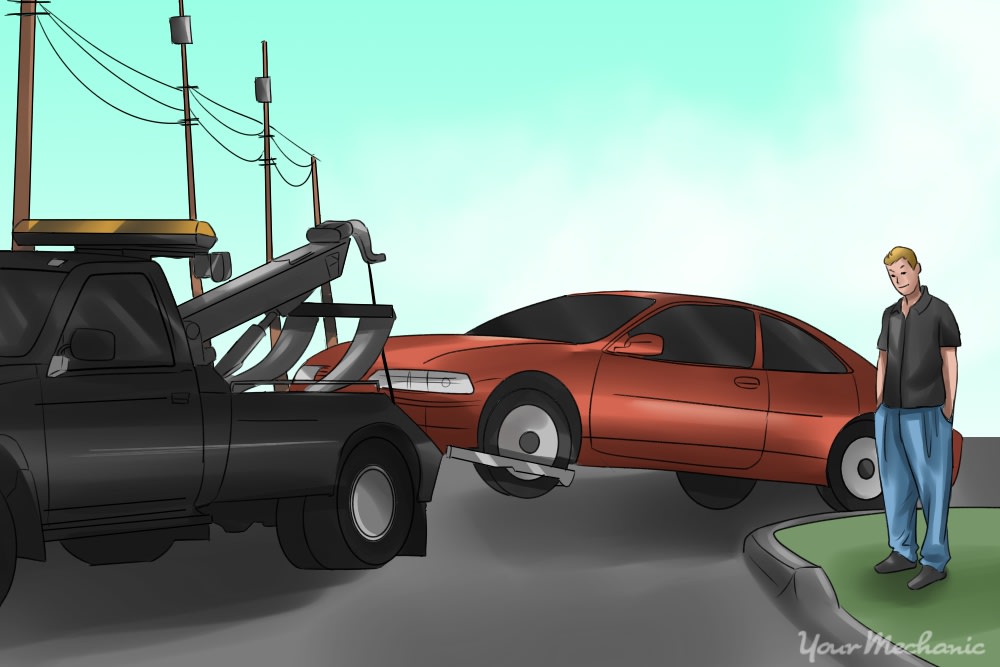

When drivers are caught violating certain traffic laws and deemed not fit or able to drive their vehicle away from the scene, police can choose to impound the vehicle. Although most owners eventually pay the impound fee to get their cars back at a later date, sometimes they are unable or unwilling to do so, and the vehicle becomes police property.
Since it just isn’t possible to keep every impounded car in police possession, police departments periodically clear out their vehicle stores by selling them in auctions. This gives the public a chance to pick up a used vehicle cheaply and increases the police coffers to help them continue to protect and serve their communities.
These previously impounded vehicles aren’t always bought to be driven, however; sometimes, individuals buy them to later sell for a profit.
There are two ways you can buy a car impounded by the police: 1) at a live auction or 2) from an online auction. While there are similarities between the two — like the fact that the highest bidder reaps the reward — some inherent differences exist between the two different auction formats as well.
When the law is broken and a vehicle is involved, that vehicle can often be impounded or confiscated by the police. Most vehicles eventually return to their original owner, though at times the vehicle is surrendered to the police or not claimed from impound.
If a vehicle is surrendered to the police or abandoned at the impound lot, eventually it needs to be disposed of. Police auctions are a venue where these vehicles, whether a result of proceeds of crime, abandonment, or otherwise, are sold to the highest bidder in a public auction.
Vehicles sold at police auction are sold as is. That means they are sold:
- Without being detailed
- Without certification
- With possible mechanical problems
Part 1 of 8: Locate local police auctions
Live auctions are all-day events that can test your patience as you scramble to bid on the cars you want. Having a schedule of when each car is up for auction is a must and can help you keep your sanity. By developing a game plan, you can bid on and win the cars you are interested in.
Step 1: Keep an eye on listings in local papers Often police auctions will advertise upcoming dates along with a listing of items and vehicles for sale.
Step 2: Look online. Search online for police auctions in your city, county, and state.
Check online listings for auctions that contain vehicles you are interested in buying.
Plan to attend in person. It’s possible in some cases to attend the auction online, though the best practice is to attend the auction yourself to personally see the condition the vehicle is in.
Step 3: Discover the terms of the sale. If you need to remove the vehicle from the premises in a certain time frame, be sure you can do so.
If you need to have full payment at the sale or proof of approved financing before you can bid, know before you go and make the necessary arrangements.
Part 2 of 8: Research the vehicle listings
Step 1: Examine auction listings. Search the auction listings for potential vehicle listings. Circle any vehicles that draw your attention.
Look through the auction listings of available vehicles, which you can find on the auction site. You can also print out a schedule of when each car is up for auction to help you get organized and bid on those vehicles you are interested in.
Narrow down the listings you want to bid on to two or three.
If the VIN number is listed, perform a VIN check to determine the title’s state and the vehicle history.
Be aware if the title is branded as salvage or another kind of total loss. This can mean the vehicle needs extensive repairs or is no longer roadworthy. It is worth much less than a vehicle with a clear title.
Check the low, average, and high vehicle values from vehicle valuation sites such as the Kelley Blue Book. Mark it down for each vehicle you are interested in as a reference point for how you should bid.
Part 3 of 8: Attend an auction preview
Most auctions, police or otherwise, have auction preview dates before the scheduled auction date. It may also be just a few hours before the auction begins.
Step 1: Attend the auction. Attend the auction preview and find the vehicles you are interested in buying.
Step 2: Inspect the vehicle. Perform a visual inspection of the vehicle. Note the condition of major items such as the body and paint, the tires, the glass, and the interior.
Mark the condition down based on your low, average, and high scale and set your maximum bid accordingly.
Step 3: Find out if there are keys for the vehicle. If there are no keys, account for the cost of cutting and programming new keys and reduce your maximum bid accordingly.
Part 4 of 8: Win a vehicle auction bid
Step 1: Be on time for the auction. Arrive with time to register for the auction and find a seat.
Step 2: Find out auction order. Find out the auction order and identify where your potential purchases are in the order.
Keep calm when the vehicles are up for bidding.
Step 3: Bid calmly on your potential purchase. Always know what the current bid is and who controls the bid.
Bid in the smallest increments you can, keeping the price as low as possible.
Don’t bid higher than your maximum bid or you risk overpaying for the vehicle.
Step 4: Win the auction. If each vehicle you’ve come to bid on sells for more than your maximum bid, walk away empty handed.
Attend another auction to try again.
You’ve won at an auction if you haven’t exceeded your maximum bid.
Step 5: Pay for the vehicle. If you’ve won a bid, pay for the vehicle.
You’ll be required to give a deposit at minimum, possibly required to pay in full right away.
This is where it’s important to know the terms of the sale.
Part 5 of 8: Transport the vehicle home
Step 1: Tow the vehicle away. Because you aren’t fully aware of the vehicle’s operating condition yet and you don’t have it titled or registered in your name, tow it home or to a repair shop.
It may be unsafe to drive it without performing safety-related repairs.
Have the contact information for a reputable tow company on hand to make arrangements easier.
Step 2: Have a complete vehicle inspection performed. Have a state safety inspection (and emissions inspection if required) performed on the vehicle you’ve just bought. Each state has different requirements for state safety inspection and emissions inspection so find out what your state requires.
Perform the necessary repairs to operate the vehicle safely and to complete the certification.
Method 7 of 8: Buying an impounded car from an online auction
Buying an impounded car from an online auction is much like doing so from a live auction; the primary difference is that you won’t physically see it until after you buy it.

Step 1: Research available cars. You can visit sites such as GovDeals to peruse its wide selection of vehicles up for auction.
Click through the categories presented to find the exact make and model you are interested in, if available.
Each specific listing gives such information as the seller, their preferred method of payment, and a variety of vehicle-specific information. For the cars you are interested in, read each description carefully and inspect any photos included with the listing.
In many online auctions, you will also have an opportunity to ask questions, so take advantage of this if you have any.
Step 2: Register. If you decide that you want to place a bid, register with the online auction site.
Keep in mind that some auction sites charge members a fee.
Step 3: Bid on a vehicle. Enter the highest dollar amount that you are willing to pay.
It is possible that the highest bid will be less than the amount you enter, and you will win the car for a lower amount. It is also possible that another registered user will outbid you.
Keep an eye on the auction page when it is close to its end time to see if you have been outbid, and you will have an opportunity to enter a higher bid if you wish. Just try to resist getting caught up in the moment and paying more than you actually want to pay.
Step 4: Pay for your new car. If you win a bid, you must pay for your car via bank transfer, credit card, or another accepted method by the site.
Then, you must decide if you are going to pick your car up or have it delivered, which will incur additional fees.
Part 8 of 8: Selling a previously impounded car
Once you have successfully bid on and won an impounded car, you can then sell it. You must first perform a few steps to make sure that you get the most out of your investment, such as determining how much you want for the car considering how much you paid for it. After determining the asking amount, it is just a matter of negotiating a price with the buyer and filling out the necessary paperwork once the vehicle is sold.
Step 1: Determine a price. Decide how much you want to sell your vehicle for.
The amount you choose to sell your vehicle for should be higher than what you paid for it at auction and also a few hundred dollars higher than what you will ultimately accept from a buyer.
It is customary for buyers and sellers to negotiate a final price.

Consult a website like Kelley Blue Book or NADA for the true value of your vehicle and use that as a guide.
Step 2: Advertise. Choose how you want to let the public know your car is for sale.
You may place a For-Sale sign with your telephone number on it in the windshield and park it where it is visible to others driving by your home.
You may also choose to place an ad in your local newspaper or on an online classified site, such as Craigslist.
Step 3: Talk to potential buyers. When potential buyers make inquiries about your car, answer their questions to the best of your ability and set up a time for you to meet. Allow them to look over and test drive the vehicle.
As mentioned earlier, expect interested parties to offer to pay less than your asking price. You may counter that offer with an amount higher than theirs and lower than your original price, but do not accept any offer that is less than what you paid for the car or what you think it's worth.
Step 4: Receive payment. If you and a buyer come to an agreement on price, collect the money for the car in full.
Step 5: Fill out the paperwork. Fill out the back of your car’s title with your name, address, the odometer reading on the car, and how much the buyer paid.
Sign the title and write out a Bill of Sale. This form can be found online or it can be on plain paper. It should simply state that you sold the vehicle to the buyer and include both of your full names, the date of the sale, and the amount of the sale.






